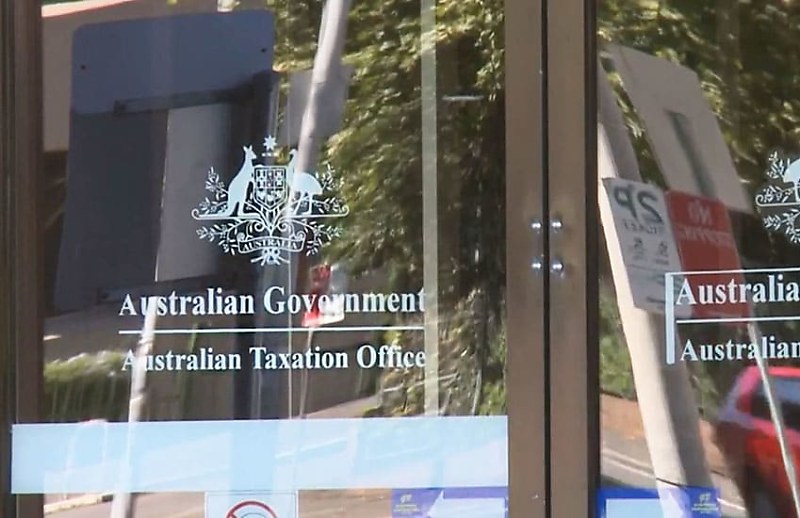Non-disputed tax debt has ballooned out to almost $45 billion over three years with two-thirds owed by small business and the ATO’s collection effort going backwards, its 2021-22 annual report reveals.
The report, released yesterday, shows small business was responsible for the lion’s share of collectable debt at $29.3 billion on 30 June 2022 and it remains “a key focus of our payment strategies”, the ATO said.
You’re out of free articles for this month
Second in the debt league table were privately owned and wealthy groups, which had racked up $8.9 billion in non-disputed debt to the end June, followed by individuals with $4.2 billion.
Multinationals, at just $1.8 billion, plus a handful of other groups including not-for-profits, superannuation funds and SMSFs took the total to $44.8 billion –
up 16 per cent over 2020-21 and a whopping 69 per cent since 30 June 2019, nine months prior to the first pandemic measures.
The ATO admitted the performance of its collection regime had deteriorated over the prior year, with collectable debt now 8.5 per cent of net tax collections against a target of 8 per cent for the year and 6 per cent by 2025–26, according to its latest corporate plan.
“This is an increase of 0.2 percentage points from the end of June 2021 result of 8.3 per cent, and reflects the ongoing cash flow impacts of the challenging economic environment,” the annual report said.
“The increased debt is a result of disrupted economic activity due to lockdowns and cash flow impacts on small businesses and households. During the early stages of COVID-19 we deliberately shifted our focus away from firmer debt collection action, to assist businesses and the community experiencing challenges because of the pandemic.
“Due to these increased debts, we have expanded our engagement through a series of awareness campaigns, advising clients of the potential firmer and stronger actions they could be subject to if they do not engage with us – including director penalty notices (DPNs), garnishee, disclosure of business tax debts or legal remedies including insolvency.”
The ATO said DPNs relating to more than 2,800 companies had been issued since 1 May, with $2.21 billion recovered.
The DPNs followed warning letters in March targeting 30,000 businesses and 52,000 directors owing $10.4 billion.
The report puts “targeted strategies to address collectable debt” at the top its Looking Forward focus list and the ATO’s corporate plan specified the goal of returning small-business debt to pre-pandemic levels as a target for 2022–23.
At $44.8 billion, collectable debt dwarfs the tax gap, which is the difference between what the ATO collects and what it believes it should collect.
On the latest figures (for 2019–20), it stands at $33.4 billion – 7.0 per cent of
the net take – and focus of a trio of key compliance programs which were extended by $1.5 billion in budget funding last week.
Assistant Treasurer Stephen Jones said the compliance programs would bring in $5.7 billion over four years to improve tax integrity and make the system fairer.
“The vast majority of taxpayers do the right thing but cheating on your taxes is not a victimless crime,” Mr Jones said yesterday.
“It directly impacts funding for vital services from equipping our defence force
personnel to caring for our aged.
“The Albanese government’s investment in tax integrity will make the system fairer and bring in $5.7 billion in legally-owed revenue to benefit the whole community.”

 Login
Login







